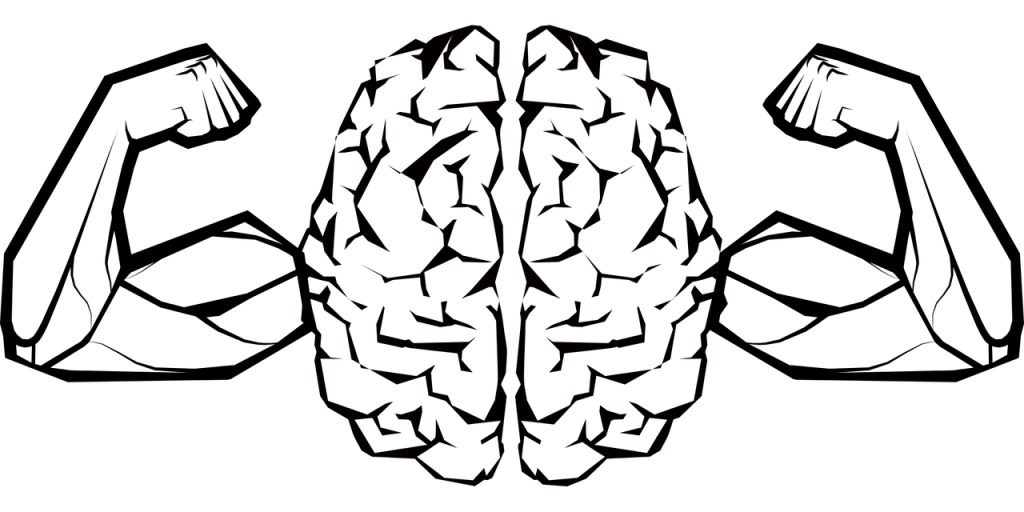Resistance training is a type of physical exercise used in rehabilitation, sports, and recreational settings to increase muscle force and mass. Significant increases in muscle mass usually occur after weeks of resistance training, but strength improvements can occur after just a few training sessions (Calder et al., 2007). These initial increases are related to adaptations in the nervous system. For example, a single session of resistance training can lead to an increase in cortico-motoneuronal excitability for up to 30 minutes after training (Nuzzo et al., 2016).
A common feature of previous research on neural adaptations to acute bouts of resistance exercise is that high-intensity muscle contractions have been used as the training stimulus. However, low-intensity resistance training can also improve muscle strength, albeit to a lower level compared to high-intensity resistance training (Schoenfeld et al., 2017). The differences in the increases in strength brought about by low- and high-intensity resistance training may be related to differences in neural adaptations (Jenkins et al., 2017).
In our recent study, we examined the effect of contraction intensity during an acute bout of resistance training on changes in corticospinal excitability measured with transcranial magnetic stimulation and changes in spinal excitability measured with transmastoid electrical stimulation. In 14 healthy young men, we tested the excitability of cortical and spinal neurons before and after acute bouts of isometric resistance training of the elbow flexors using low (25% of maximum strength), medium (50% of maximum) and high (75% of maximum strength) contraction intensities.

WHAT DID WE FIND?
Corticospinal excitability increased by 70%, 39% and 11% after the high, medium and low intensity training sessions, respectively. However, spinal excitability increased an overall of 27% after resistance training independent of training intensity. These results show that corticospinal, but not spinal, excitability increased in proportion to the intensity of the contractions used during a single bout of resistance training.
SIGNIFICANCE AND IMPLICATIONS
Our results suggest that the intensity of muscle contraction plays a key role in the initial cortical responses to an acute bout of resistance training, probably because of a higher cortical activation during high-intensity contractions. These results could explain the higher effectiveness of high-intensity resistance training to increase muscle strength. Therefore, clinicians should consider the inclusion of moderate-to-high intensity contractions as adjunct exercises to restore motor function in those patients who suffer from frailty or stroke because of its potential to modulate brain plasticity and functional outcomes.
PUBLICATION REFERENCE
Colomer-Poveda D, Romero-Arenas S, Lundbye-Jensen J, Hortobagyi T, and Marquez G. Contraction intensity-dependent variations in the responses to brain and corticospinal tract stimulation after a single session of resistance training in men. J Appl Physiol 127(4): 1128-1139, 201
If you cannot access the paper, please click here to request a copy.KEY REFERENCES
Calder KM, and Gabriel DA. Adaptations during familiarization to resistive exercise. J Electromyogr Kinesiol 17(3): 328-335, 2007.
Jenkins NDM, Miramonti AA, Hill EC, Smith CM, Cochrane-Snyman KC, Housh TJ, and Cramer JT. Greater Neural Adaptations following High- vs. Low-Load Resistance Training. Front Physiol 8: 331, 2017
Nuzzo JL, Barry BK, Gandevia SC, and Taylor JL. Acute Strength Training Increases Responses to Stimulation of Corticospinal Axons. Med Sci Sports Exerc 48(1): 139-150, 2016.
Schoenfeld BJ, Grgic J, Ogborn D, and Krieger JW. Strength and hypertrophy adaptations between low- versus high-load resistance training: A systematic review and meta-analysis. J Strength Cond Res 31(12): 3508-3523, 2017.
AUTHOR BIO
David Colomer Poveda is a PhD student of Neuromove Research Group (Catholic University of Murcia, Spain). His research investigates the neural adaptations to resistance training. You can learn more about his research here: https://twitter.com/DavidCP91 or https://www.researchgate.net/profile/David_Colomer-Poveda .
Gonzalo Márquez is Associate Professor in the Faculty of Sports of the Catholic University of Murcia (UCAM, Spain) and the head of the Neuromove Research Group of the same institution (http://investigacion.ucam.edu/grupos/neurociencia-del-movimiento-humano/uk/identificacion/). His research investigates underlying mechanisms of motor control by means of non-invasive brain stimulation techniques in combination with behavioural measures. You can learn more about his research here: https://twitter.com/gmarquez_11 or https://www.researchgate.net/profile/Gonzalo_Marquez2

Hi Guys,
Congratulations. Interesting study you have reported on. I am currently working with 60 people over 60 years of age, and 25 over 75 years of age with heavy resistance training. I have seen staggering changes in many elements of well being and function. I’d love to have a chat with you about it. From the perspective of improving function post stroke; in moving from fragility to robustness; and improvement in cognitive function, I’d love to discuss what I have observed.
Cheers
Dean